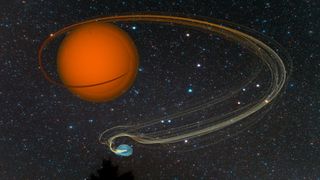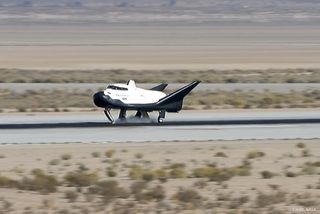
Nola Taylor Tillman
Nola Taylor Tillman is a contributing writer for Space.com. She loves all things space and astronomy-related, and enjoys the opportunity to learn more. She has a Bachelor’s degree in English and Astrophysics from Agnes Scott college and served as an intern at Sky & Telescope magazine. In her free time, she homeschools her four children. Follow her on Twitter at @NolaTRedd
Latest articles by Nola Taylor Tillman
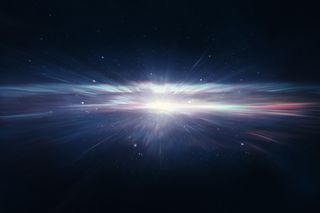
What is cosmology? Definition & history
By Nola Taylor Tillman, Ailsa Harvey published
Reference Cosmology by definition is the branch of astronomy involving the origin and evolution of the universe, from the Big Bang to the future of the cosmos.

Famous astronomers: How these scientists shaped astronomy
By Nola Taylor Tillman, Ailsa Harvey published
Reference This list of famous astronomers includes great scientists in history who mastered many fields and modern astronomers who helped popularize astronomy.
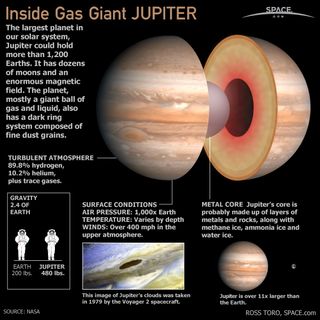
What is Jupiter made of?
By Nola Taylor Tillman last updated
Jupiter is composed of gases — hydrogen and helium, mostly.
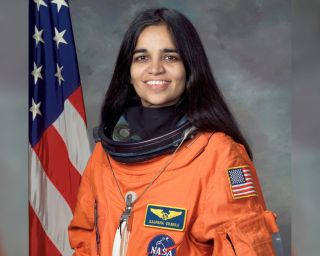
Kalpana Chawla: Biography & Columbia disaster
By Nola Taylor Tillman, Ailsa Harvey published
REFERENCE Kalpana Chawla's story has inspired millions to pursue careers in space.
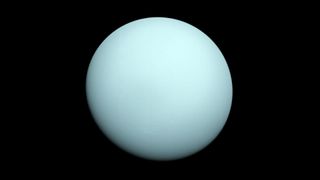
What is the temperature of Uranus?
By Daisy Dobrijevic, Nola Taylor Tillman published
Reference The temperature of Uranus averages minus 320 degrees Fahrenheit. Uranus holds the record for the coldest temperature ever measured in the solar system.
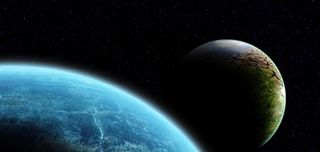
Nibiru: The Nonexistent Planet
By Nola Taylor Tillman last updated
Nibiru has been linked to NASA, and is also sometimes referred to or confused with Planet X, another supposed world for which there is no evidence.
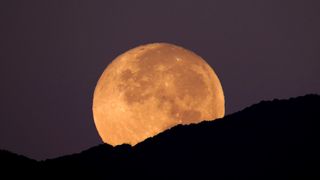
How big is the moon?
By Daisy Dobrijevic, Tim Sharp last updated
Reference How big is the moon? Our moon is the fifth largest moon in the solar system, with a radius of 1,079.6 miles (1,737.5 kilometers).
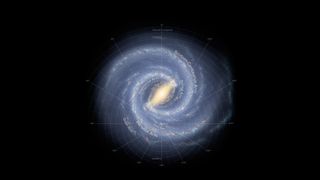
What Is a Galaxy?
By Nola Taylor Tillman last updated
Everything you wanted to know about the basics of galaxies.

Hubble Space Telescope: Pictures, facts & history
By Nola Taylor Tillman published
Since its 1990 launch, the Hubble Space Telescope has provided countless amazing images and contributed to many big discoveries. Learn more here.
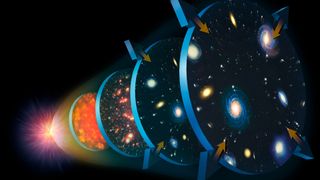
How big is the universe?
By Nola Taylor Tillman, Jonathan Gordon published
Reference Based on what we can observe, the universe appears to be almost 28 billion light-years in diameter. However, it is far larger than that.
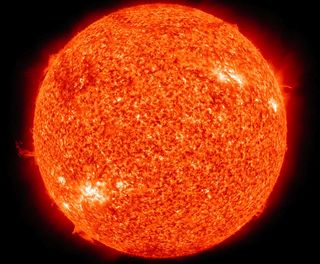
How was the sun formed?
By Nola Taylor Tillman last updated
Material from the solar system's creation clumped together to form our closest star.
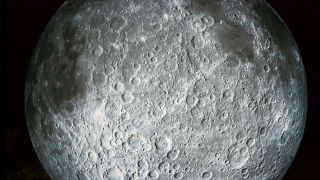
How was the moon formed?
By Nola Taylor Tillman, Scott Dutfield published
Reference There are three theories as to how Earth's satellite could have been created.

Nicolaus Copernicus biography: Facts & discoveries
By Nola Taylor Tillman published
Nicolaus Copernicus proposed his theory that the planets revolved around the sun in the 1500s, when most people believed that Earth was the center of the universe.

Galileo Galilei: Biography, inventions & other facts
By Nola Taylor Tillman last updated
Referene Italian astronomer Galileo Galilei made a number of inventions and discoveries that remain important to astronomy and science in general today.
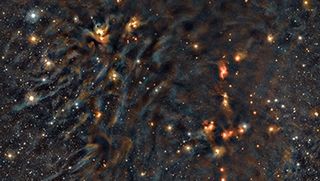
Multiple supernovas may have implanted our solar system with the seeds of planets
By Nola Taylor Tillman last updated
Multiple exploding stars may have seeded the solar system with material required to form planets.
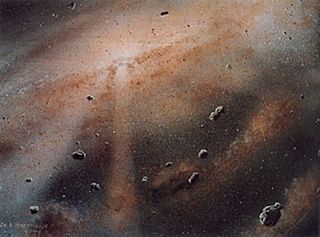
How Was Jupiter Formed?
By Nola Taylor Tillman last updated
Like all of the planets, Jupiter was formed out of the solar nebula.
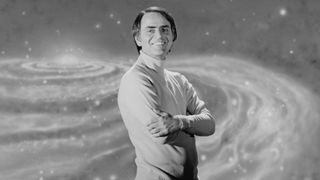
Carl Sagan: Cosmos, Pale Blue Dot & famous quotes
By Nola Taylor Tillman, Jessica Leggett published
Reference Carl Sagan was a scientist and educator best known for his TV series Cosmos, the Pale Blue Dot image of Earth and quotes about life and Earth.
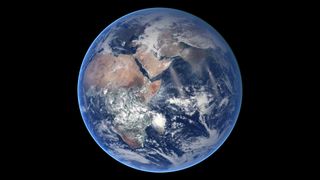
How old is Earth?
By Nola Taylor Tillman published
Scientists have calculated that Earth is 4.54 billion years old, with an error range of 50 million years.
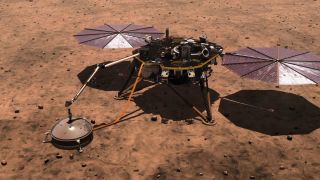
Marsquakes reveal Red Planet has surprisingly large core, thin crust
By Nola Taylor Tillman published
The first detected quakes on Mars suggest that the Red Planet has a larger core, potentially thinner crust and slightly different composition than scientists had thought.
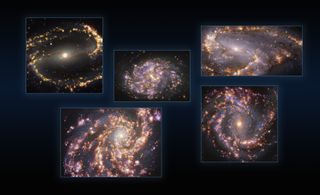
Cosmic fireworks in nearby galaxies shine light on star formation
By Nola Taylor Tillman published
The brilliant fireworks of 90 nearby galaxies shine new light on how stars are born.
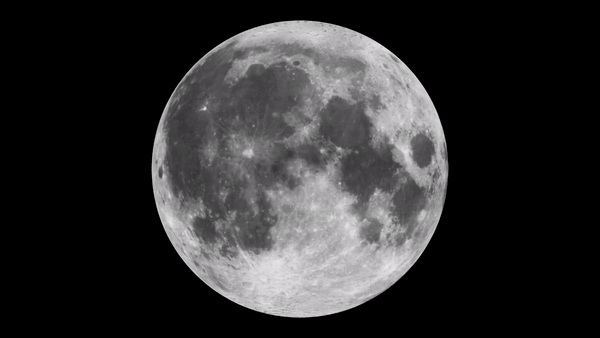
Does the moon rotate?
By Nola Taylor Tillman last updated
Yes, the moon rotates on its axis. The moon's rate of rotation nearly matches its orbital period, which keep the same side facing Earth.
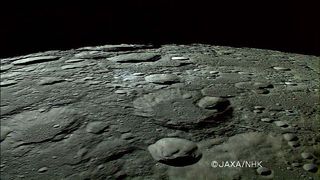
What is the Moon Made Of?
By Nola Taylor Tillman last updated
The moon's surface tells the story of the solar system's beginnings.
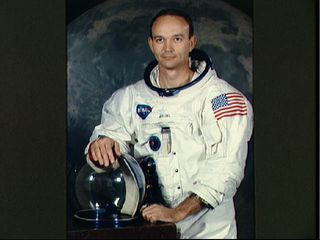
Michael Collins, Apollo 11 Command Module Pilot
By Nola Taylor Tillman last updated
Astronaut Michael Collins felt "absolutely isolated" in orbit while his Apollo 11 crewmates walked on the moon.
Get the Space.com Newsletter
Breaking space news, the latest updates on rocket launches, skywatching events and more!
